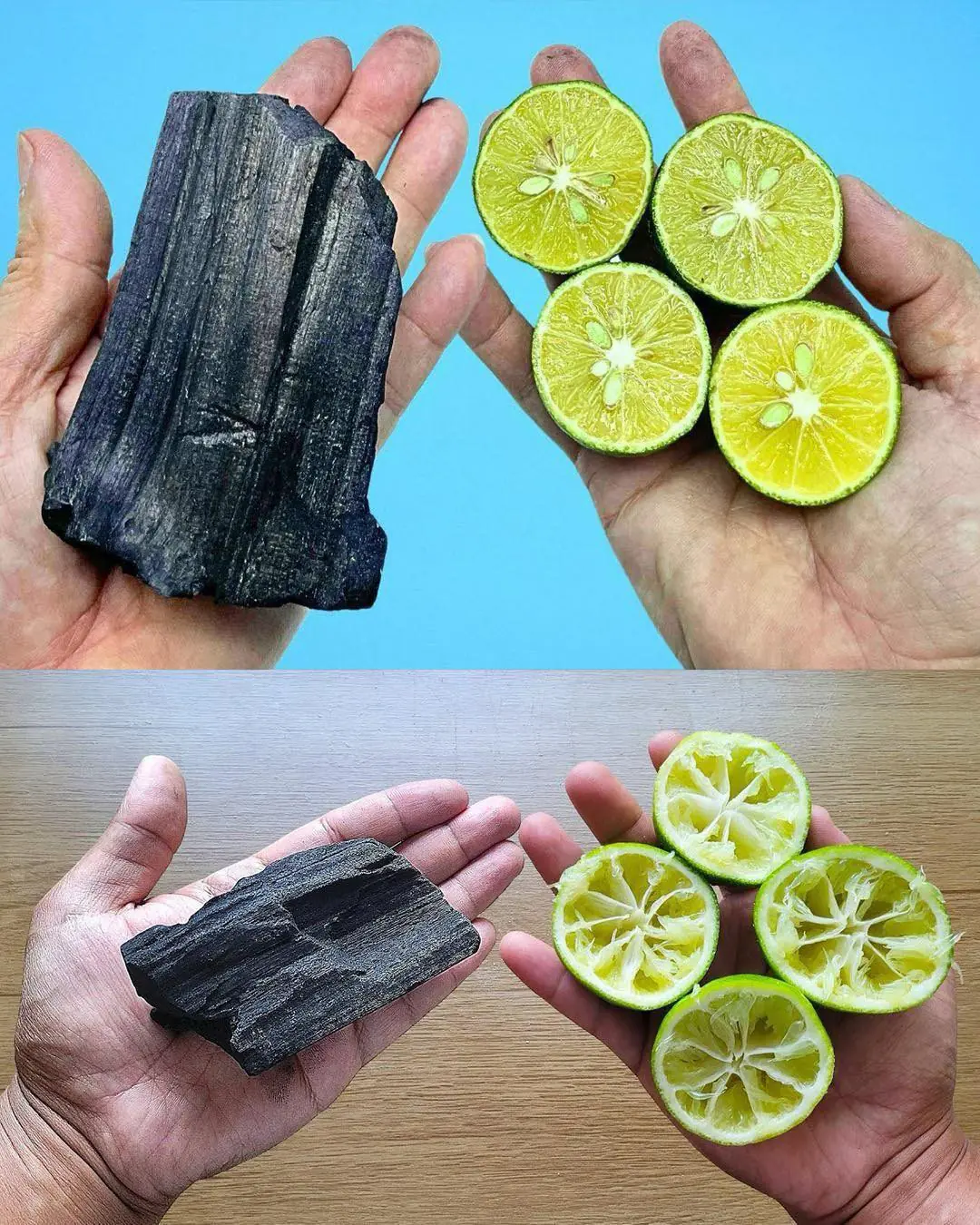
Four parts of a rice cooker you must clean — or you might end up eating rice with cockroaches!
Four parts of a rice cooker you must clean — or you might end up eating rice with cockroaches!
Rice cookers may seem convenient, but their complex structure has many areas where dirt easily accumulates. If they are not cleaned regularly, bacteria and mold can quickly multiply.
While scrolling through social media, many people were horrified by a post in which a user discovered cockroaches living under the base of a rice cooker that had not been cleaned for a long time.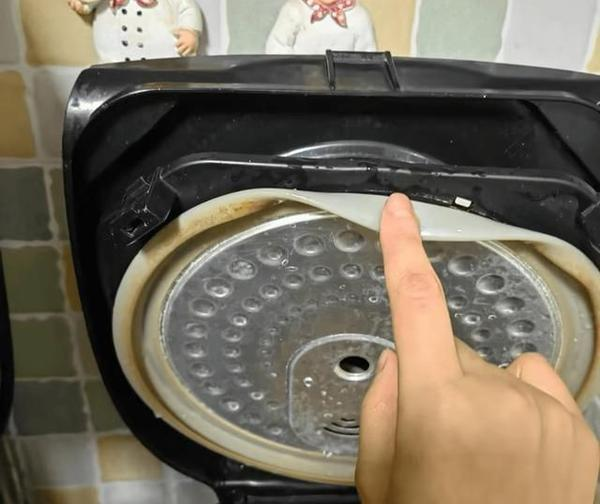
Many admitted that they used to wash only the inner pot, thinking that was enough — but the reality is far more serious.
Although rice cookers appear simple, their structure includes multiple spots where grime can build up. If left uncleaned for long periods, bacteria and mold thrive. Moreover, because the cooking process involves steam, condensation can carry dirt to other parts of the cooker and drip back down, contaminating the food.
Therefore, in addition to cleaning the inner pot, four other areas require thorough and regular cleaning.
1. Steam vent
The steam vent often gets coated with starchy water. If not cleaned promptly, it can harbor Salmonella, E. coli, Staphylococcus aureus, and even aflatoxin-producing mold, a Group 1 carcinogen. During the next cooking cycle, these bacteria can be flushed back into the rice, posing health risks.
When cooking oily foods, the problem becomes worse, as grease can clog the vent. In pressure-type rice cookers, a blocked steam vent may even lead to an explosion.
How to clean:
Many modern rice cookers have removable steam vents. Detach the lid and rubber seal, wash them thoroughly, and dry completely. Be careful when removing the rubber seal, as it is soft and can be easily damaged.
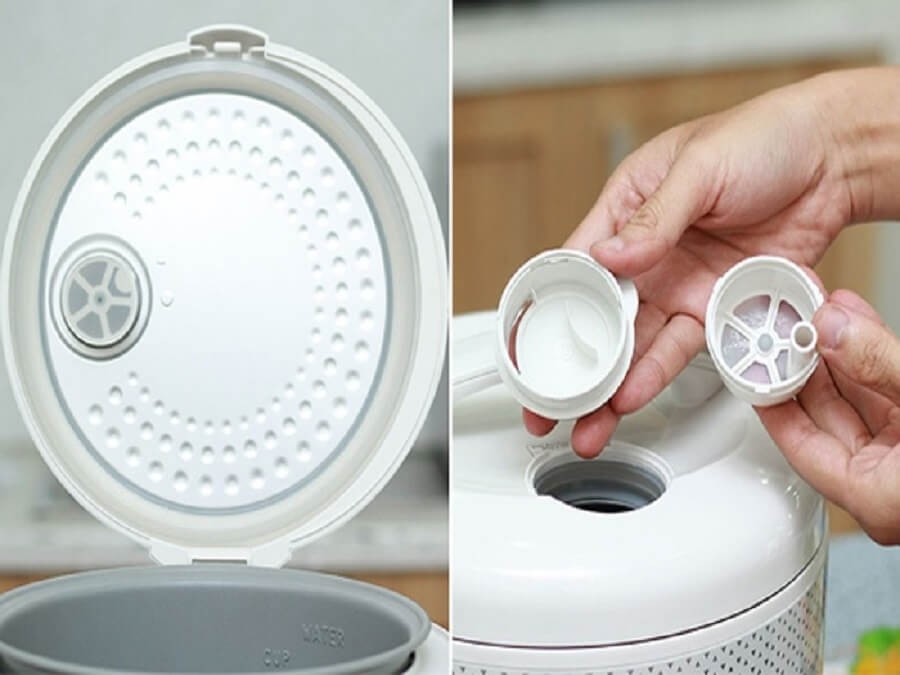
2. Lid rubber seal
The rubber seal is a commonly overlooked “dead zone” for cleaning. Rice water or meat juices trapped there can breed bacteria and mold. Some people even notice a black, sticky residue. When the lid is opened, liquid droplets from the rubber seal can drip into the rice, contaminating it.
How to clean:
If the seal is removable, flip it over and wash both sides thoroughly. If it cannot be removed, use a cotton swab dipped in baking soda solution or white vinegar to clean it.
3. Overflow drip tray
Some rice cookers are equipped with an overflow water tray. If left uncleaned, this area easily develops mold, and cockroaches or other insects may crawl inside.
How to clean:
Never wait until the tray is full before emptying it. Clean it regularly to prevent odors and insects.
4. Heating plate
Food particles, water, and rice that fall onto the heating plate can accumulate over time, causing stubborn stains and discoloration. This reduces heating efficiency, leads to undercooked rice, and may even cause electrical shorts or damage the cooker.
How to clean:
Use a soft brush dipped in baking soda or a specialized cleaner, scrub along the grooves of the heating plate, then wipe dry with a soft cloth.
Important: Always unplug the cooker first, and never soak it in water.
Important tips for using a rice cooker
-
Clean and dry before closing the lid: Rice cookers retain moisture; if parts remain damp, bacteria can continue to grow.
-
Turn off “keep warm” mode and unplug after cooking: This helps prevent sour rice and reduces fire or explosion risks.
-
Replace the inner pot if the nonstick coating is damaged: Never use metal scrubbers that can scratch the coating and release harmful substances into food.
-
Choose a high-quality rice cooker: Low-quality models are more prone to electrical faults, odors, and safety hazards.
-
Never block the steam vent on pressure rice cookers: A blocked vent can cause dangerous explosions.
News in the same category


Winter is coming, no need to buy a heater, the house is still warm thanks to this, homeowners save 50% on electricity bills every month

10 Simple Tips to Make Sure You Never Get Fooled by Fake Goods Again

7 Bad Habits That Harm Your Heart

7 Signs Your Body Might Be Iron Deficient

A Fruit People With Kid.ney Disease Should Limit

4 Types of Salads You Should Eat Regularly to Support Li.ver Detoxification

4 Natural Ingredients That Help Protect the Li.ver in Men

3 Everyday Vegetables American Doctors Eat to Keep Their Li.ver Healthy

3 Silent “Culprits” That Dramatically Increase Your Risk of Stroke
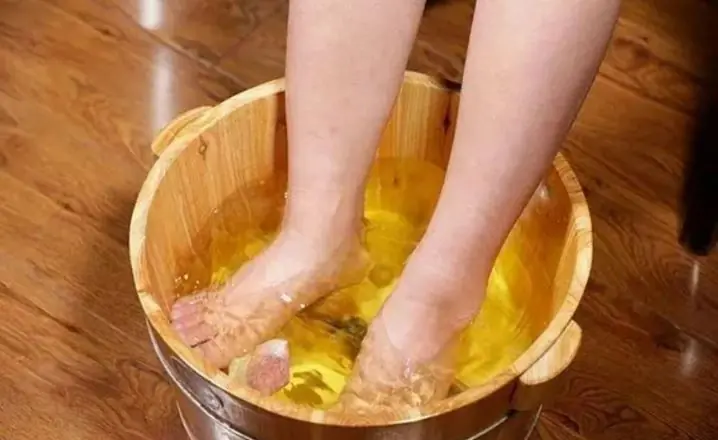
Rubbing Ginger on Your Feet Before Bed: Men and Women Will Be Surprised by Its Benefits!
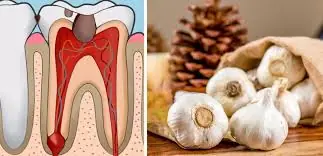
The Forgotten Home Remedy That Instantly Soothes Tooth.ache

The Silent Metabolism Kill.er: How Your “Healthy” Breakfast Is Slowing Your Fat Burn All Day

The 7-Second Rule: The Surprising Morning Habit That Transforms Your Gut, Energy, and Mood
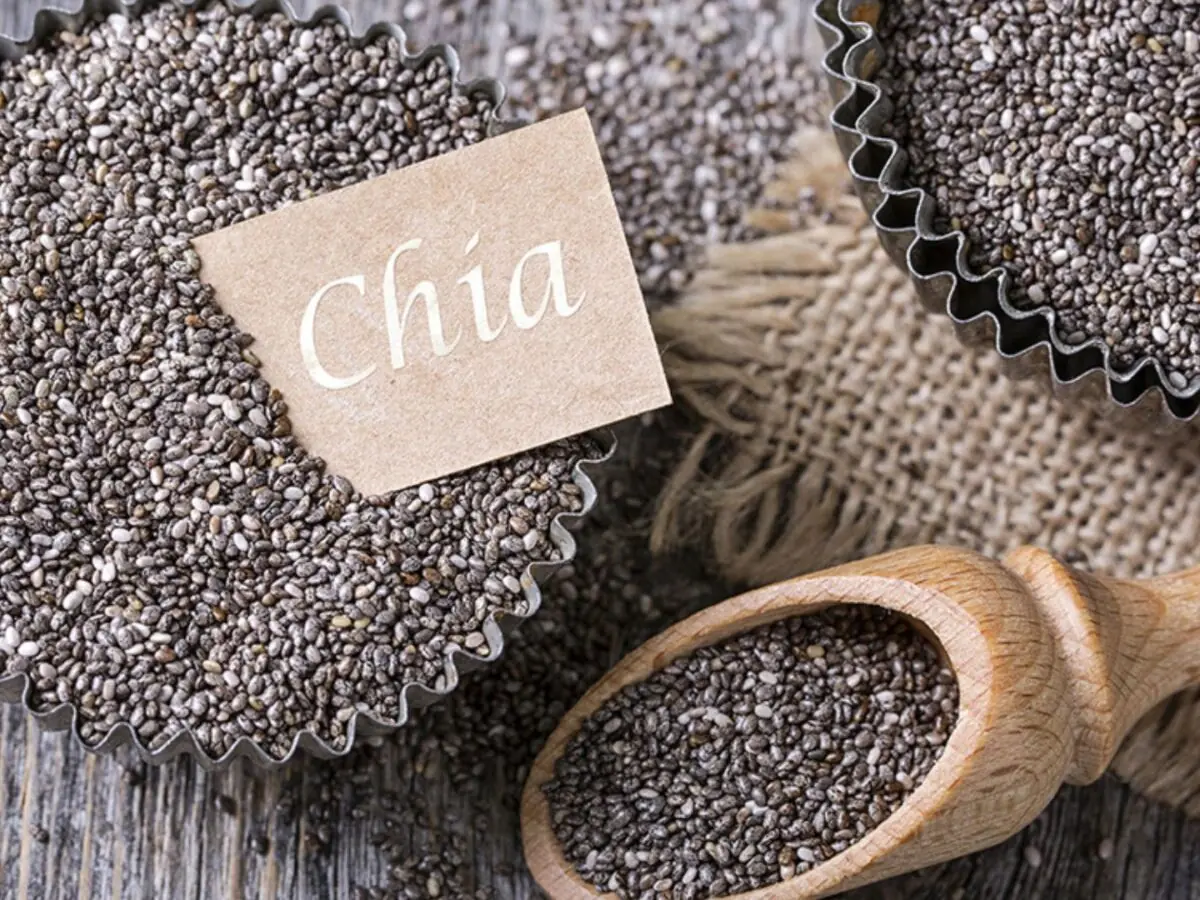
The Tiny Superfood That Can Help Lower Bloo.d Pressure: Discover the Power of Chia Seeds

Unlock the Hidden Power of Banana Peels: Amazing Health Benefits You Need to Know

5 Secret Eating Habits for Glowing Skin This Fall & Winter: You Won't Believe How Simple It Is
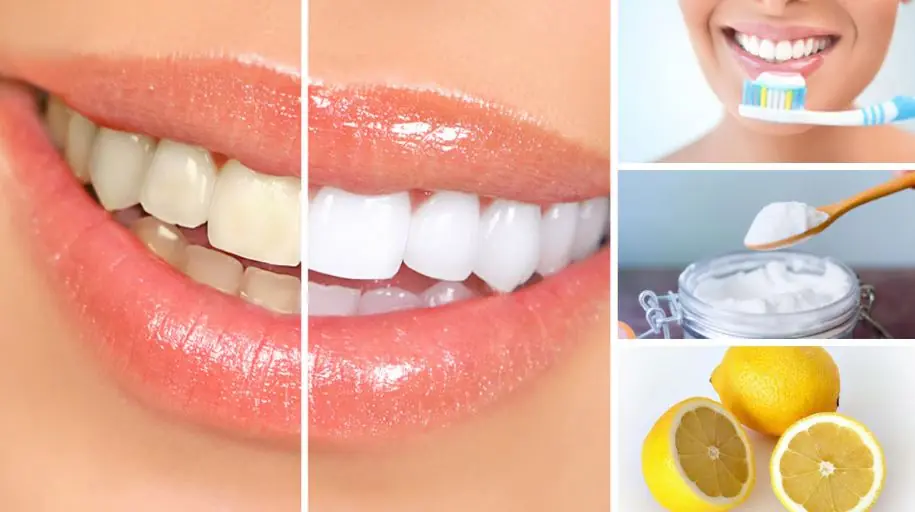
The 5-Minute Kitchen Hack for a Brighter Smile

THE PAPAYA LEAF HAIR MIRACLE: The Ancient Secret That Triggers Extreme Hair Growth Most People Ignore!
News Post

A loyal dog’s unexpected warning that transformed a family’s future

Sveta sheltered a homeless dog in her yard, but she did not know what the future would hold. Sveta knelt down, extending a hand with a piece of sausage

This is our list of food wishes for tomorrow, – Mother-in-law shocked her, – My husband and I decided not to be modest

By her husband’s grave, a woman noticed a child. When she found out who her father was, she was shocked and couldn’t gather her thoughts for a long time.

The Mil.itary Sleep Method: How to Fall Asleep in Less Than Two Minutes

The whole family is coming to stay with us for the summer!” my husband announced, while I quietly booked a hotel

Oh, Sasha and his family won’t be coming to us anymore.” — the wife figured out how to drive her husband’s relatives away once and for all

I’m the one paying the mortgage, and for some reason your mother has decided that part of this apartment belongs to her,” I glared angrily at my husband

The Magic of Lemon Juice and Activated Charcoal: Natural DIY Solutions for Skin and Teeth

This isn’t a gift for your mother. This is my apartment!” the wife shouted in rage as she threw her husband’s belongings out the door
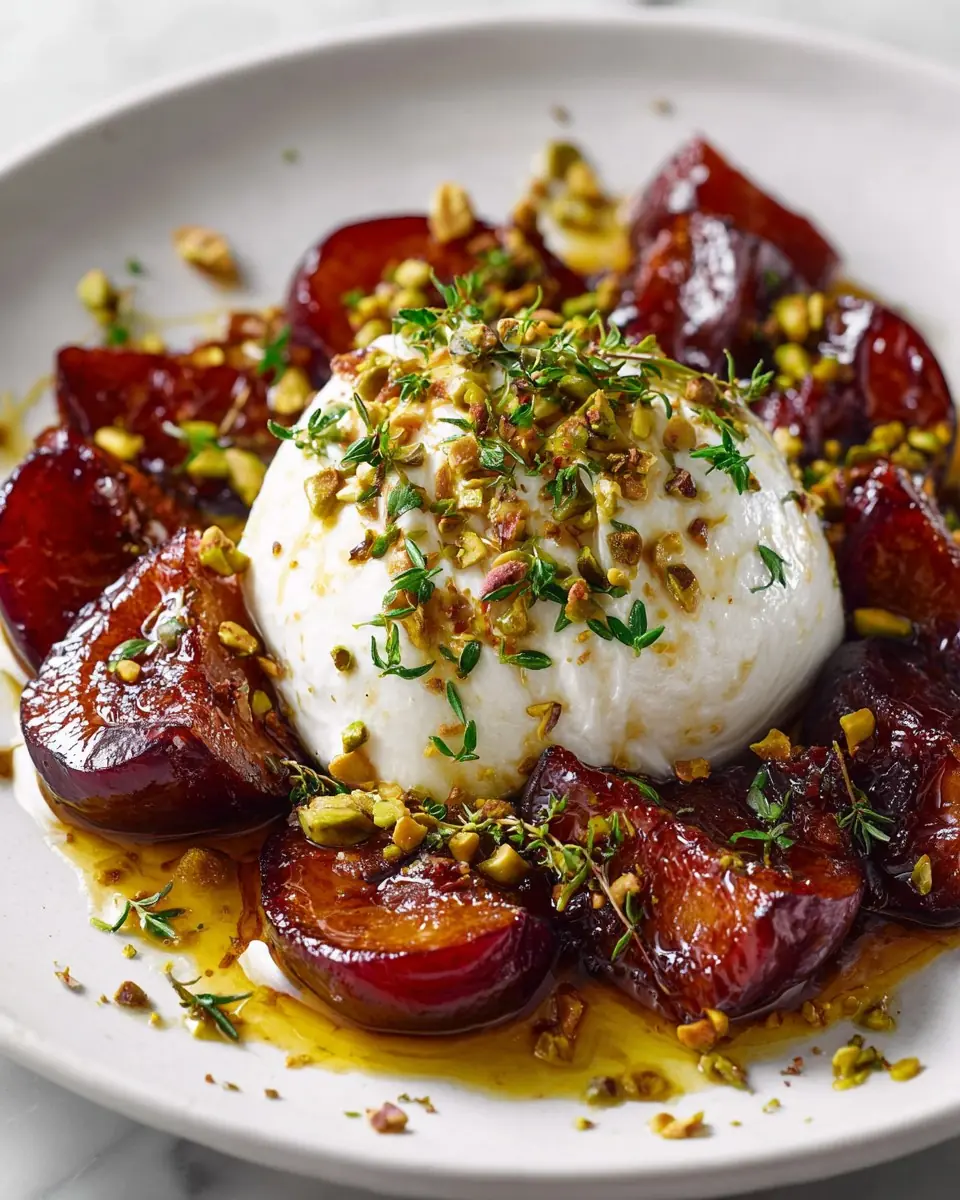
Burrata with Roasted Plums, Pistachios & Thyme

It’s Amazing ! Dolphin Stops To Have A Sweet Chat

Warm Honey-Baked Goat Cheese Wheel

Elderly mother thought her adoptive daughter was sending her to a nursing home but what happened next amazed everyone

The Unexpected Motherhood: A Stepmother’s Journey to Acceptance and Love

Who Thought We’d Cover Your Anniversary? Daughter-in-Law Moves the Bill on Mother-in-Law

How I Elegantly Solved the Problem of My Mother-in-Law Not Cleaning

A Wedding Day Transformed by an Unexpected Miracle
